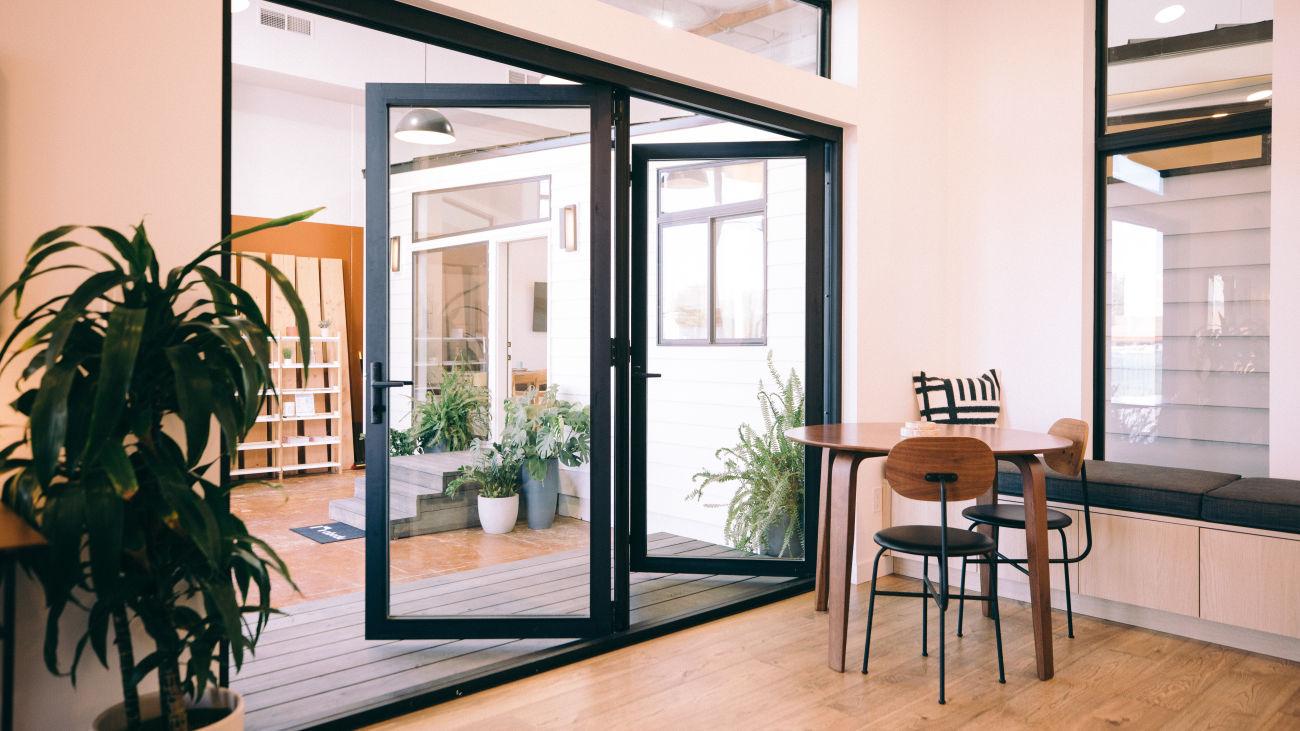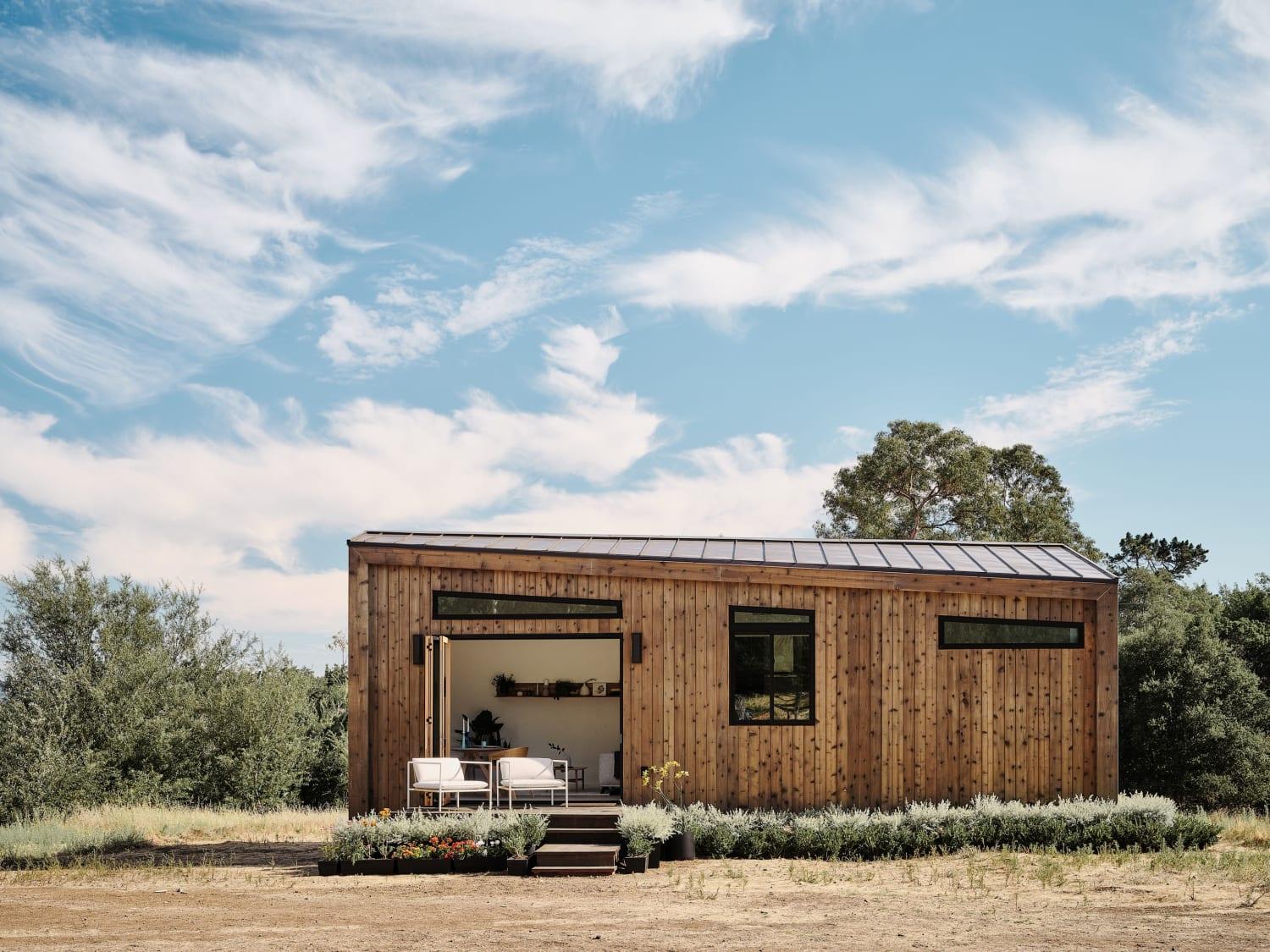How to Finance an ADU in California

Abodu
If you thought that you needed to pay cash for an ADU, we have good news for you. In this blog we’ll outline all the ways our customers finance their ADU, including with ADU assistance programs.
Is an ADU a good investment?
When you consider how much value an ADU can add to your property value there’s generally two ways to think about it: how much additional square footage the ADU adds to your home and how much rental income you could get for the ADU.
For square footage, you’d see how much homes in your area are selling for by square foot, for example $500 per square foot. So if your home is 1,500 square feet, it would likely be appraised around $750,000. In general, ADUs increase the value of your home by 30% of your homes value.
So if your home is valued at $750,000, adding an ADU could potentially increase the value of your home by $225,000.
However, appraisals are often based on how the ADU is categorized, like a rental property or extra space for the homeowner. Buyers value both of those things and therefore you could see an uptick in what your home is worth beyond the typical 30%.
How much does it cost to build an ADU?
Prefab ADUs are built offsite in a climate-controlled environment and then shipped and placed on the final site in your yard.
In general, prefab ADUs are significantly cheaper than stick-built ADUs as you don’t have the costs of working with an engineer and architect to design and develop your unit. Stick-built ADUs can also be more expensive because of all of the unknowns that are associated with building from scratch, like materials, labor, and design issues.
With a prefab ADU, you eliminate these unknowns because the design is predetermined, tested, and built in a climate-controlled environment, which eliminates delays.
Stick-built ADUs can cost over $500k, while Abodu prefab ADUs start at $228k and can be delivered in as little as 6 months — an unheard of timeline for stick-built ADUs.
Understanding Your ADU Financing Options in California
Now for the fun part: financing. If you want to an ADU to your property but don’t happen to be sitting on a bunch of cash, you’re in luck. There are plenty of financing options available no matter your situation. Below are the most common types of financing for ADUs in California.
Cash-out Refinancing
With a cash-out-refinance, you refinance your first mortgage and release some of the equity on your home to finance your ADU.
This option consolidates the financing of your ADU and your first mortgage into a single loan, but you need to have equity built up in your home, which means you could have less borrowing power than with other financing options. Most cash-out-refinancing options only let you use up to 80% of your home’s current value.
You’ll also have to repay closing costs and likely have a higher interest rate.
Construction Loans
Construction loans were designed to finance a new home built from the ground up, so there are a number of requirements that can make this kind of loan complex.
A construction loan allows you to borrow money based on the future value of your home and can be helpful for borrowers that have less equity in their homes. However, this kind of loan requires you to refinance and can mean losing out on a great fixed rate.
Additionally, you’ll pay higher closing costs based on the new value of the mortgage.
Home Equity Loans and Lines of Credit (HELOC)
A home equity loan lets you borrow a fixed amount of money backed by the equity you have on your current home and repay it on an agreed upon schedule.
The interest rate for this type of loan will be higher than the rate on your first mortgage and will also have closing costs and fee for an appraisal, lender fees, credit reports and more.
A HELOC, or home equity line of credit, also allows you to borrow against the equity in your current home, but instead provides a revolving line of credit up to a set limit. The interest is only payable on the cash you draw out on, and is typically paid back over a period of 10 years.
A HELOC will also have a higher interest rate than your first mortgage and will likely be a variable rate. Typically lenders are willing to lend up to 80% to 85% of the value of your home, minus your first mortgage.
These loans are generally best for homeowners that have owned their homes for longer and have built up more equity.
Home Equity Investments
Home equity investments allow homeowners to access their home’s equity — without taking on debt.
With a home equity investment, you get a lump sum of up to 25% of your home’s equity in return for a share in the future appreciation of your property value. This kind of financing is accessible to anyone with equity in their home, regardless of income or credit score. However, you’ll need to pay off the investor within a set period with a refinance, buyout or selling your home.
Are there ADU assistance programs in California?
With California’s increased need for housing, the state is providing homeowners assistance to build ADUs, this includes the California Housing Finance Agency (CalHFA) ADU Grant Program.
The ADU Grant Program provides low-to moderate-income homeowners with a grant of up to $40,000 to cover pre-construction costs of building an ADU. This sum is a grant, not a loan, so you don’t have to pay it back. Get the full explanation of the ADU grant program and requirements.
Build Toward Your Dream with Abodu
Abodu has placed hundreds of beautifully designed prefab ADUs across California and is a trusted partner for homeowners wanting to add an ADU to their property. We offer in-house financing through our partners, making Abodu truly a one-stop-shop for your ADU.
We offer a variety of floorplans that have all been designed by world-renowned architects and offer a highly livable space with small footprints.
Our white-glove service is what really makes us stand out from the crowd: with Abodu you get a dedicated project manager that handles everything from start to finish.
Check out our ADUs in person, book a tour at a showroom today. Get the ADU of your dreams.
